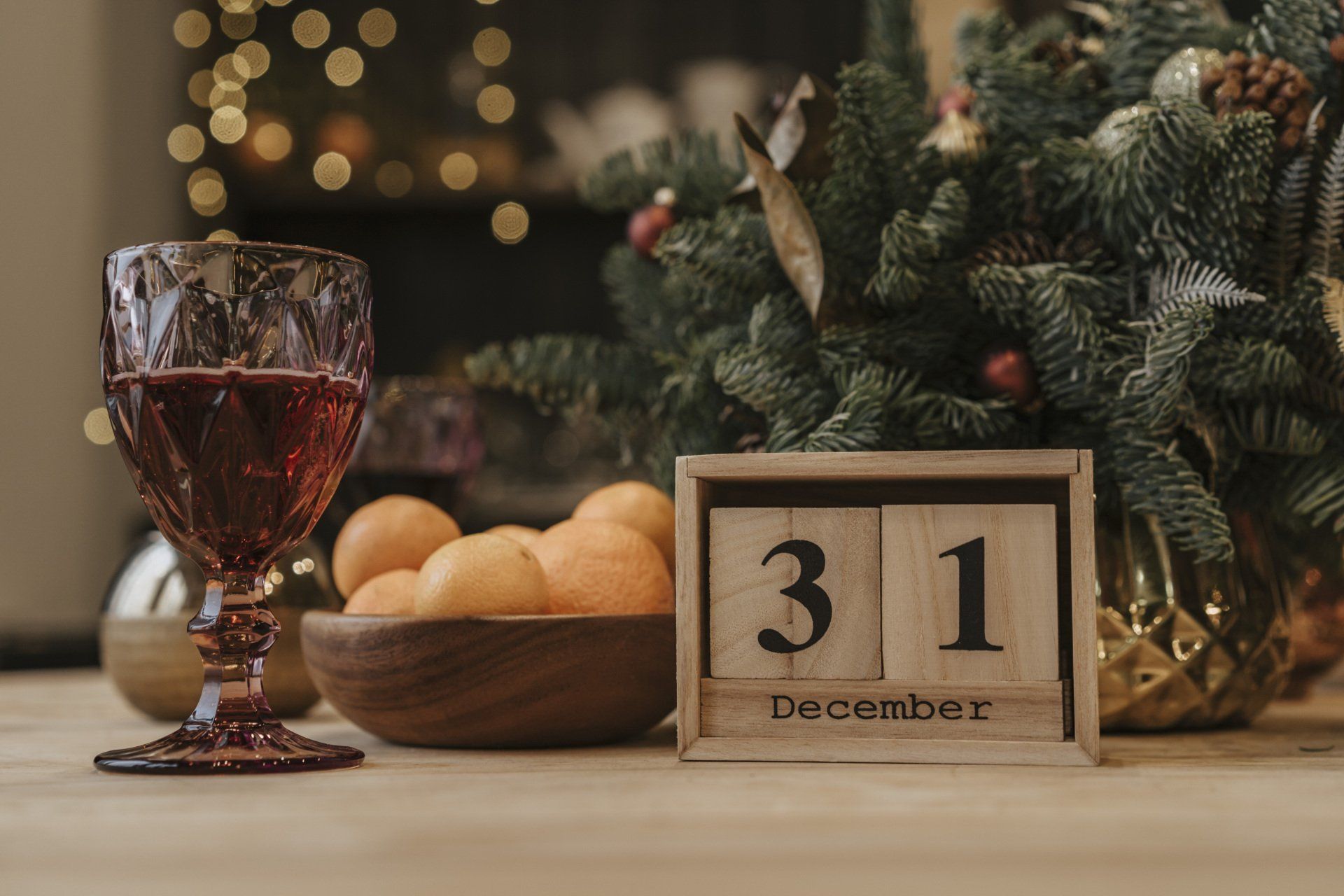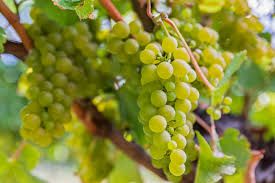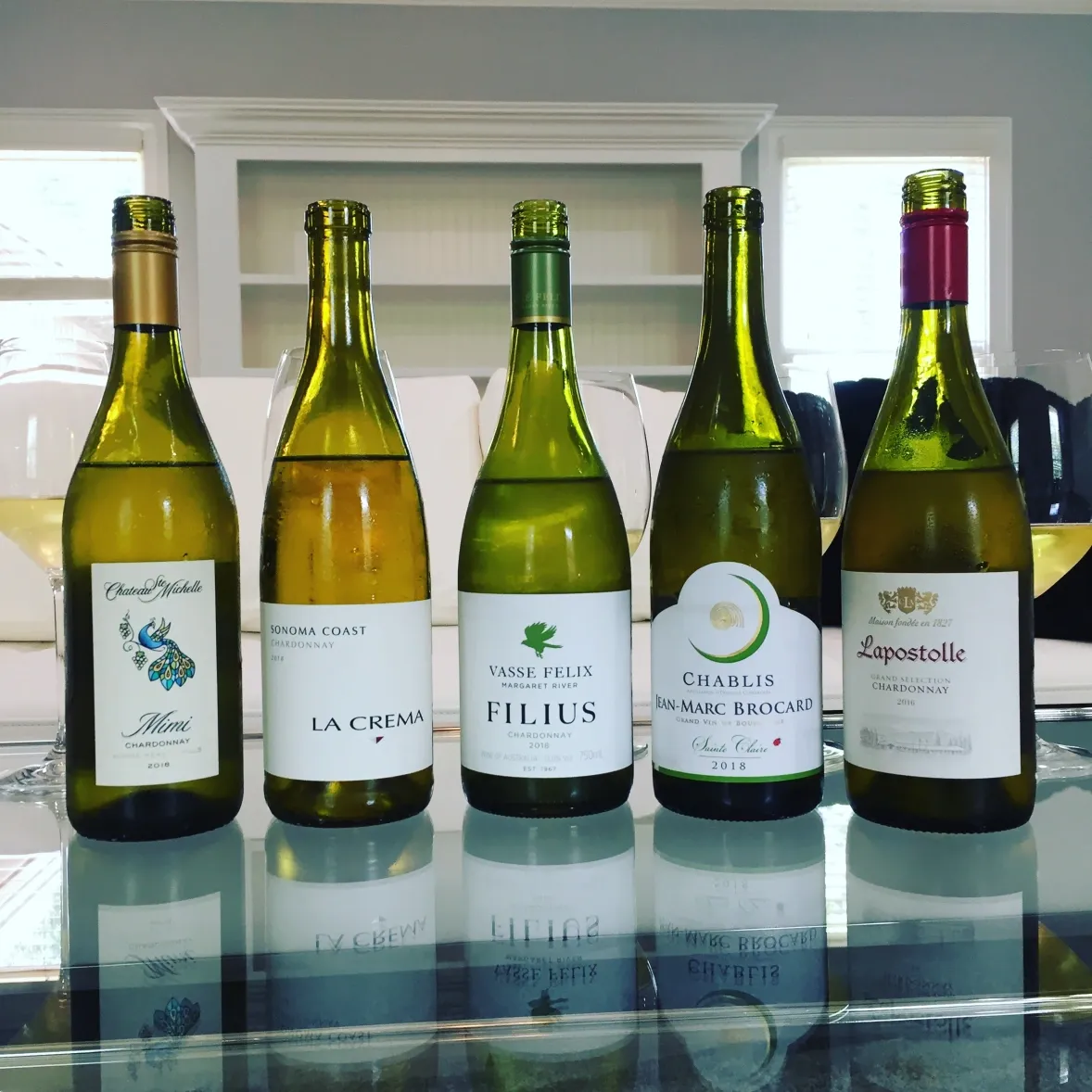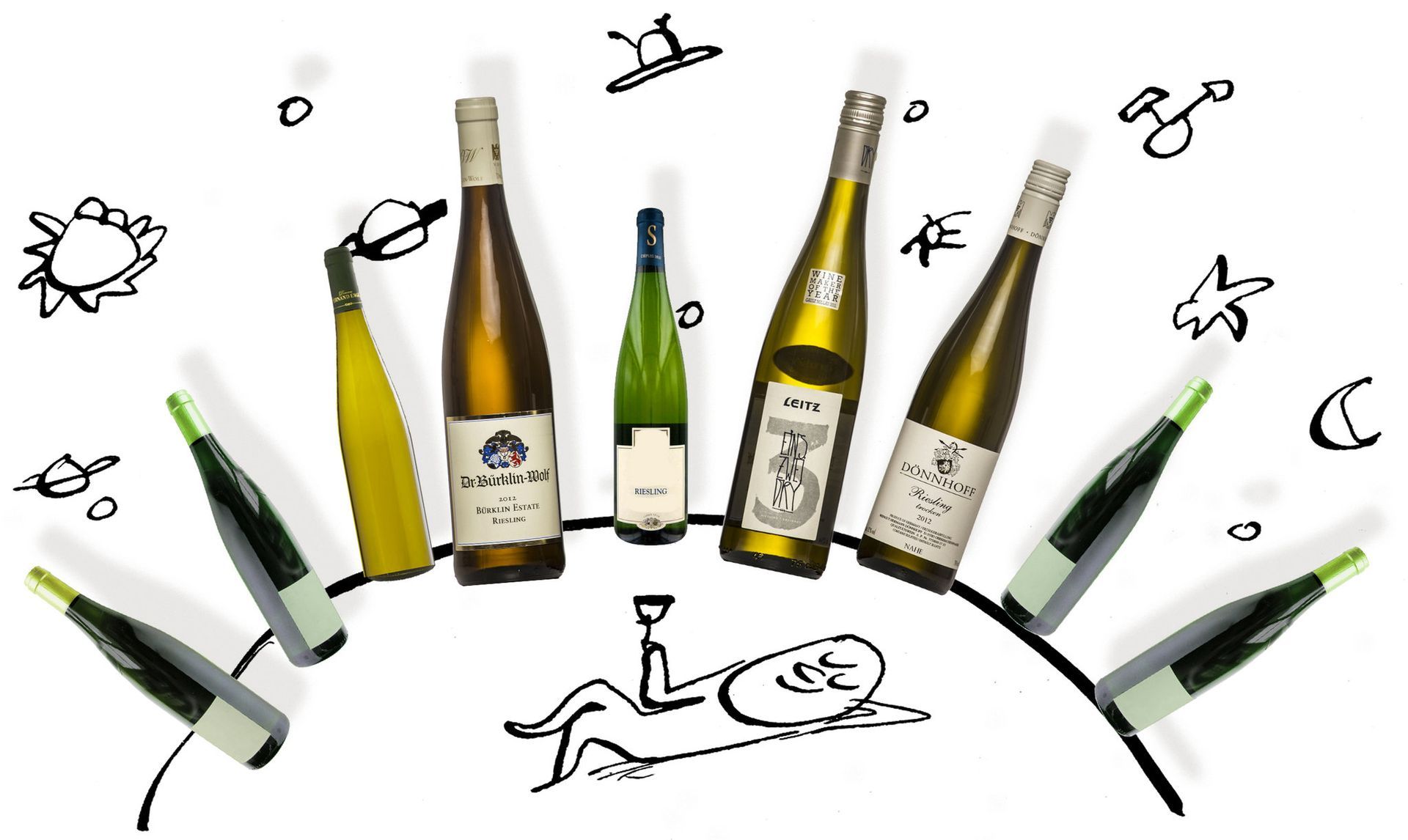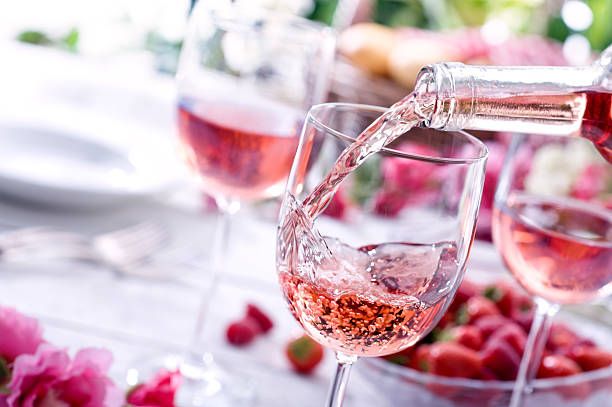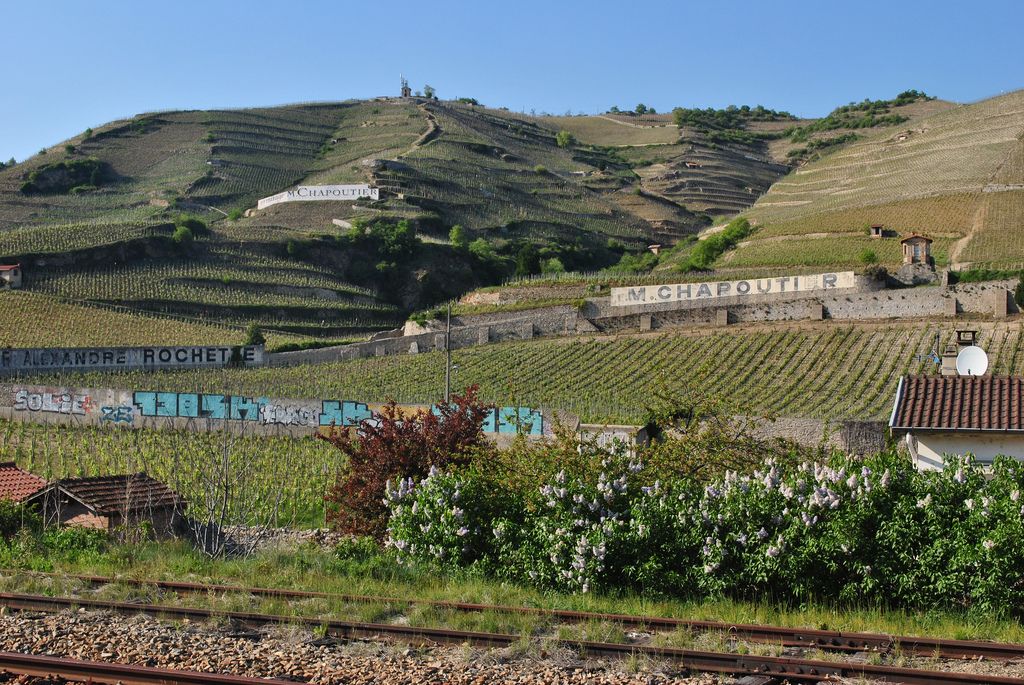Weekly Wine Notes
Red Bordeaux
Bordeaux has over 50 different regions and 7,000 chateaux. It can be expensive and difficult to understand, but it doesn’t have to be. Read the basics, look to “experts” for general guidance, info and ratings, but NOT the answers. You will then know how to find your own personal region/château preferences and the so many more reasonably priced bottles available. Read on for a very brief overview of Bordeaux.
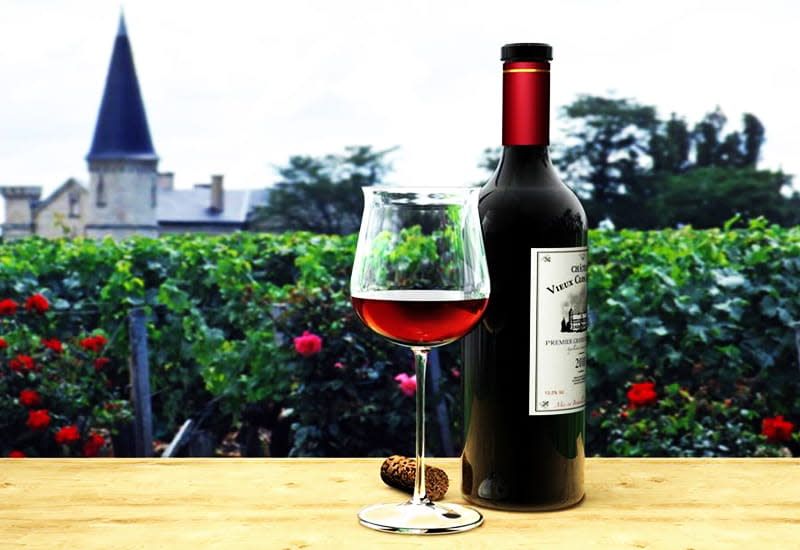
Description/Pairing: Bordeaux is the largest volume region in France, with blended wines produced from three major black grapes (though more may be used): Cabernet Sauvignon, Cabernet Franc and Merlot. You may be surprised to know that Merlot is the most planted varietal in all of Bordeaux, not Cabernet Sauvignon. Bordeaux wines pair well with grilled steaks, sausages, burgers, and lamb. My recent Bordeaux horizontal tasting was paired beautifully with lamb meatballs and a charcuterie tray of different salamis, cheese and pâté.
Fun Fact: The famous 1855 classification (see “More Info” below on this) in which the five first growths were chosen (Château Lafitte Rothschild, Latour, Margaux, Mouton Rothschild and Château Haut-Brion) was created purely to determine which wines to take to the World’s Fair in 1855 and was calculated by taking the average market prices over the previous 40 years (1815-1855). It was never meant to be a permanent determination of quality. Of course since then, these chateaux, which were picked to be the best, have changed ownership multiple times, acquired more land, changed winemaking methods, etc. Are they still the best wines of Bordeaux today? Maybe. Are they worth the enormous prices from this 160 year old rating system? I suspect not, but you be the judge.
More Info: Bordeaux is a large, complex area of different micro-climates and soils. In very broad terms red Bordeaux is discussed using the terms “Left Bank” or “Right Bank” and then specific regions within each of those left or right bank areas.
- “Left Bank” (to the left, or South, of the Gironde River) has more gravel soils which increase the vineyard temperature and Cabernet Sauvignon loves that heat. Thus Cabernet Sauvignon is typically the dominant varietal in the mix of those wines.
- “Right Bank” (to the right, or North, of the Gironde River) has more cooler clay soils which are best for Merlot, and thus dominate in the mix of those wines.
- There are many exceptions to this of course, particularly the area furthest north on the left bank, the Médoc region and partially Saint-Estèphe, which also has more clay and thus more Merlot.
The Comparison:
Below are six producers from the more well known regions of the over 50 different appellations in Bordeaux. Included in the details are some high level distinctions that are common within each region.
1855 Classification: You should be aware of this system, whether or not you put any credence into this quality rating. A quick guide: There are currently 61 chateaux in the classification system, graded over five different levels (called “Growths”). In the 1st level, or Growth, which is the highest quality level, there are five different chateaux names, as mentioned above in Fun Fact. In the 2nd level, or Growth, there are 14 different chateaux names, and so on, with the 5th level, or Growth, being the last. For example, the Château Haut-Batailley below advertises that they are a 5th Growth, which means they are one of the 61 chateaux named in the 1855 Classification, and are classified at the 5th level.
The 6 wines: My recent horizontal tasting of six wines from the 2015 vintage are detailed below. The first four are from the left bank, and the last two are from the right bank. It should be noted that these were all very good wines. There wasn’t one that I could say I would never purchase again. However, they all need more time to mature at which point more differentiation may be observed.
LEFT BANK:
Château Tronquoy – Lalande, Saint-Estèphe – 2015 ~$55
55% Merlot, 37% Cabernet Sauvignon, 6% Petit Verdot, 2% Cabernet Franc – 14% alcohol – Saint-Estèphe has more clay soils and thus more Merlot based wines. This wine had the freshest fruit of the six. Tart red cherries, red plums, blueberries, tobacco, spice and minerals. Easier to drink now.
Château Haut – Batailley, Grand Cru Classé, Pauillac – 2015 ~$85
72% Cabernet Sauvignon, 28% Merlot – 13.5% alcohol – 5th Growth – Pauillac is broadly a desired area as it is home to three of the five first growths. However, there are a variety of soils and varietal blends. This particular wine had tastes of black cherries, black plums, tobacco, cedar and mint. Smooth but powerful tannins.
Château Giscours, Grand Cru Classé, Margaux – 2015 ~$130
60% Cabernet Sauvignon, 32% Merlot, 5% Cabernet Franc, 3% Petit Verdot – 14% alcohol – 3rd Growth – Cru Bourgeois (a better classification system that is revised annually) – Margaux has the lightest soil and most gravel of any other area in Médoc. The vine roots can go down to almost 23 feet below the surface. Margaux is also the largest area in Médoc and, combined with some soil variation, there can be great variation in quality among producers. Don’t assume Margaux on the label means it’s a great wine. This particular wine was one of the two (Pomerol being the other) that was the most complex with flavors of both red and black fruit, tobacco, cedar and violets. Softer and more elegant with smoother tannins. I must say (with background that I work in Finance) this was a great wine, but I was not wowed by this bottle for the price paid.
Château Smith Haut Lafitte, Le Petit Smith, Pessac – Léognan – 2015 ~$50
60% Cabernet Sauvignon, 40% Merlot – 14.5% alcohol – Pessac – Léognan is within the larger Graves area and has more gravel and stone content in soils, providing distinctive mineral notes to the wine. Wines from this area may also be lighter in color and body with lower tannins. This particular wine was actually the lightest in color of the six wines with tastes of black fruit, leather, barnyard, mushroom and minerals. A little more distinctive tastes than the others.
RIGHT BANK:
Château Rouget, Pomerol – 2015 ~$75
85% Merlot, 15% Cabernet Franc – 15% alcohol – Pomerol is home to one of the most expensive wines in all of Bordeaux – Château Pétrus. The clay soils in Pomerol have a high iron content which many believe is the reason for the higher quality. Pomerol wines can have a rich body, lower acidity and softer tannins, and may be easier to drink while they are young. This wine had the deepest color of all six wines and the second of the two (Margaux being the first) with the most complex flavors of red and black fruit, vanilla, spice, herbs and dried meat.
Château de Ferrand, Grand Cru Classé, Saint-Émilion – 2015 ~$55
79% Merlot, 11% Cabernet Franc, 10% Cabernet Sauvignon – 15% alcohol – Saint-Émilion has several different soil content areas with either more limestone, gravel, sand or clay. Try different producers in this area. You can find great wine at very reasonable prices here. This wine had tastes of black plums, black cherries, cedar and rather tight tannins. More time needed for this wine.
Summary:
Talk to the folks at your local wine store or, even easier, ordering online at Wine.com, using some of the terms/regions above, and try different regions and varietal blends to find your favorites. With over 7,000 producers, there are many reasonably priced bottles out there once you understand the basics. Have fun!
More Wine Articles
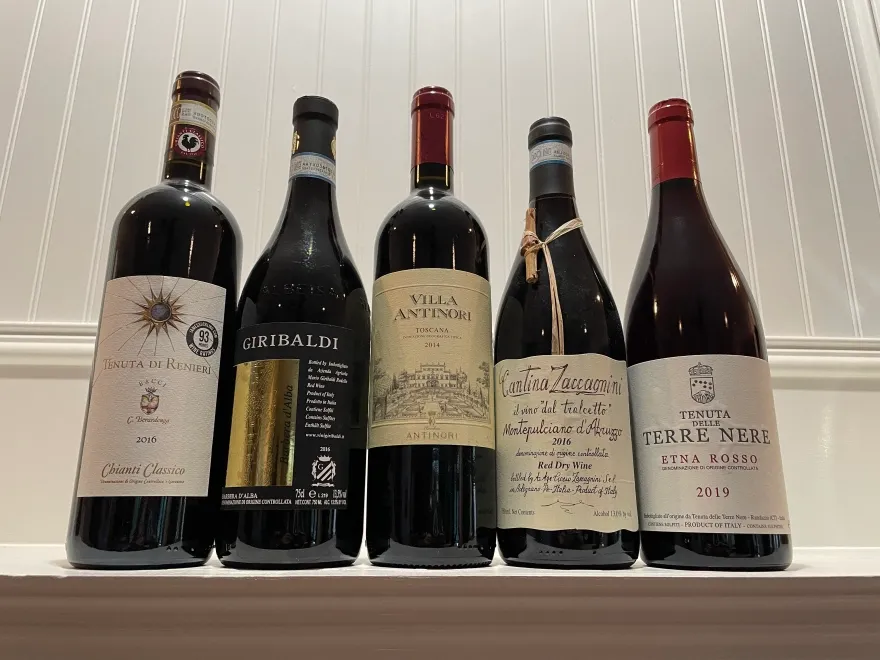
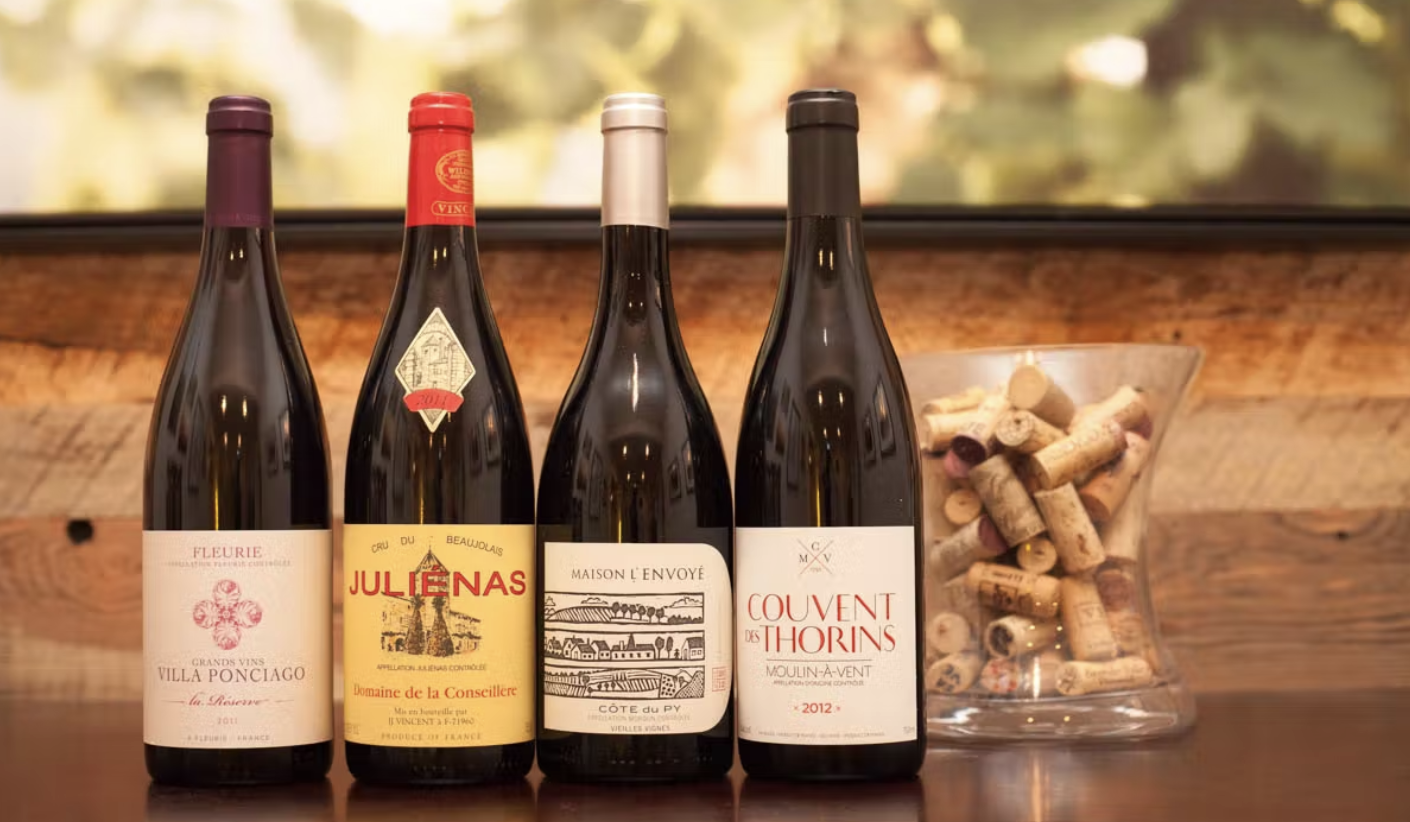
© 2023 The content on this website is owned by us and our licensors. Do not copy any content (including images) without our consent.
This website was thoughtfully created by SWFL Media Consultants

